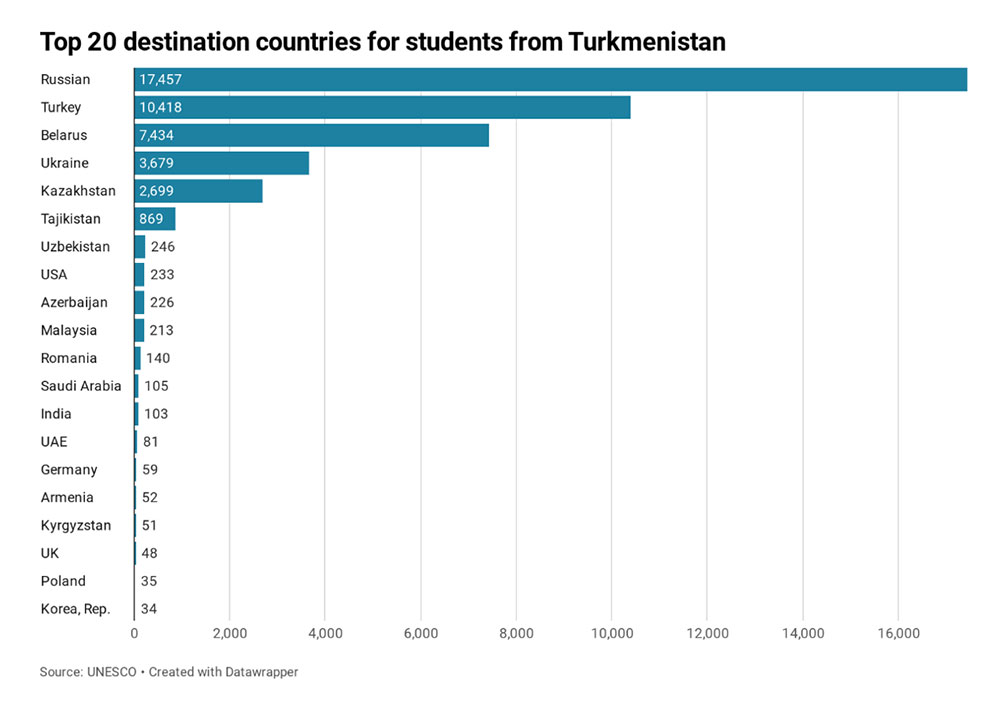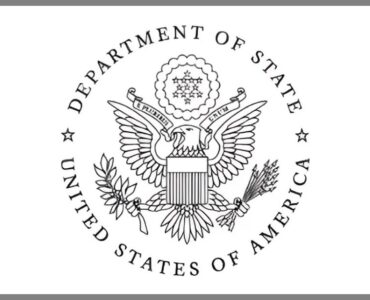“Governments must reorient their policies from attempting to curtail migration to coping and working with it to seek benefits for all. The flows cannot be effectively constrained and must instead be creatively accommodated.”
From the report “Turning brain drain into brain circulation in Central Asia”
Have you heard of a term brain drain and wondered what it is? Well, in this article we define the term, explain why it happens, how it impacts the economy and what is a better alternative. Keep on reading.
What is brain drain?
Brain drain, also known as human capital flight, is emigration of highly trained and skilled people from a country. The World Bank defines human capital as accumulation of knowledge, skills, and health over people’s lifetime. It enables people, both to realize their own potential and earn higher salaries, and to generate higher income for their countries through increased productivity. So, brain drain has a negative impact on the sending country as it loses its highly qualified and specialized workforce, who could help promote country’s economic growth. The report on “Turning brain drain into brain circulation in Central Asia” is a culmination of the work done by regional experts from Tajikistan, the Kyrgyz Republic, Kazakhstan, and Uzbekistan and international organizations. According to its findings, migrants from Central Asia and Russia account for one-third of all developing country emigration worldwide, with emigrant stock of 47.6 million, or almost 10% of the region’s population.
The opposite term is brain gain, which refers to the benefits from immigration of highly qualified people into a country. The World Economic Forum ranks the top 5 countries that successfully attract, grow and retain highly skilled workers as – Switzerland, Singapore, United Kingdom, United States and Sweden. According to the Global Innovation Index for 2019, these are also the world’s most innovative countries, Switzerland being the number one. This is a not a coincidence. These countries are able to provide enabling environment and lucrative incentives for highly skilled labor, who in return spur innovation and economic development in the receiving countries.
Brain waste occurs when highly skilled people move to a new region or country, in search of employment opportunities, but end up being unemployed or working in jobs that don’t corresponds to their qualifications. For instance, in 2014 survey conducted among 8,400 Central Asian labor migrants in Russia, the 20.9% of them were highly trained specialists in their home countries. However, only 4% of them managed to get a similar role in Russia. Similarly, 38.5% of Tajik migrants with higher education ended up working in construction jobs in Russia. This is a loss for both, sending and receiving countries as neither manages to take advantage of the particular skills the labor has to offer.
What is the state of brain drain in Turkmenistan?
Turkmenistan is not immune to global migration trends, where its young and mid-career professionals leave the country in search of better opportunities abroad. On the human flight and brain drain index Turkmenistan scored 5.10 out of 10 points (0 – low, 10-high) and ranked 110 among 176 countries in 2019. While Turkmenistan performs slightly better than the global average, it still loses a lot of its qualified specialists, who could spur productivity and innovation in the local economy. The neighboring Kazakhstan, meanwhile, ranked 3.6 showing lower incidence of brain drain. Kazakhstan is also the largest receiver of migrants among Central Asian countries, which amounted to 20% of country’s population in 2015.

What are the reasons for brain drain in Turkmenistan?
As Jan-Peter Olters, from the World Bank office in Tajikistan argues, brain drain is a symptom of an underperforming economy. Highly educated and trained people decide to leave their home country due to the lack of social security, quality healthcare, access to good education, limited job opportunities, low salaries, poor business climate and entrepreneurship, and others. This is obvious when looking at the minimum wage in Turkmenistan for 2020, which is 870 TDM ($249 based on 3.5 manat official or $40 based on 22 manat black market exchange rate). So, any country which offers a better compensation is a potential destination for Turkmen workers.
Access to quality education is a major motivation for young and mid-career professionals in Turkmenistan to relocate to foreign countries. For example, student migration from Central Asia into other countries was 43,687 in 2000 and reached 199,635 in 2016. According to UNESCO, in 2019 there were in total 44,334 students from Turkmenistan studying in 36 countries. For example, in the survey among Central Asian students studying abroad, 67% of respondents stated their desire to work abroad for several years before returning home, 9% stated plans to stay there for long-term while only 21% wished to return home immediately after graduation. If these numbers are also applicable to Turkmenistan, then it is a big loss for the Turkmen economy and society, as majority of its youthful population decide to stay and maybe even settle abroad. The below charts show the numbers of students by top destination countries in 2019.
Donate to support Turkmen analysts, researchers and writers to produce factual, constructive and progressive content in their efforts to educate the public of Turkmenistan.
SUPPORT OUR WORK
Source: UNESCO
What are the negative effects of skilled labor emigration?
Emigration of highly skilled labor can lead to a number of socioeconomic costs in sending country:
- Loss of financial investment made in educating the skilled workers
- Reduction in human capital and working age population
- Limited capacity to innovate, start businesses and grow economy
- Loss of potential income, which is spent in destination country
- Reduction in the economically active population and thus fewer taxpayers
- Adverse effects on country’s demographics as it loses young workers
What are the positive effects of skilled labor emigration?
Emigration of trained workforce can positively impact the sending region or country if labor migrants can freely travel and relocate back. Some of these include,
- Decrease in the surplus of labor, which can lower the unemployment rate
- Transfer of experience, skills and resources from host country to the country of origin
- Promote urbanization and economic development in rural areas
- Investment in small and medium size enterprises in home countries
What can be done about brain drain?
Restricting migration is not a solution to brain drain as people will find ways to emigrate if they have strong reasons for it. Instead, government should focus on increasing the potential benefits in Turkmenistan and incentivize people to stay. To address the root causes of brain drain, Turkmenistan will need to develop a long-term strategy aimed at structural and institutional reforms. In the short run, Turkmen government can consider following recommendations shared in the Turning brain drain into brain circulation in Central Asia report.
Use remittances effectively – the money sent home by labor migrants predominantly used for private consumption, including education and healthcare. Turkmen government can encourage and incentivize migrants to (1) invest in business activities and socioeconomic projects in their local communities; and (2) transfer their money through official banks rather than personal channels, which could advance financial sector development.
Promote brain circulation – Turkmenistan should improve connectivity, both in terms of transportation and communication, and establish cooperation with receiving countries. This could make the duration of migration of skilled labor shorter and more circular (brain circulation), with potential benefits for both countries. Instead of settling in a host country for a long-term or permanently, the skilled migrants will be encouraged to move frequently between their home country and host country, and thus bring home the skills and resources accumulated abroad.
Mobilize diaspora abroad – Turkmenistan can form a community of present and past citizens and provide them with set of rights and obligations. For instance, granting citizens living abroad right for dual citizenship, owning a property or voting in local elections might encourage them to stay connected to Turkmenistan. In exchange, government can identify the professional, financial, and social capital of its diaspora population abroad and match these forms of capital with concrete development plans at home. This could help advance country’s long-term socioeconomic development.
Do you know a highly skilled Turkmen who decided to relocate abroad? Or maybe, you are such person yourself. What might encourage you and others to return to Turkmenistan and help promote progress and growth in your communities?






